Tag Archives cover crops
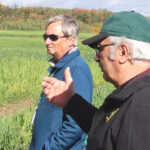
Twenty-five farms host on-farm soil health research
The ONFARM initiative brings together diverse industry cooperators
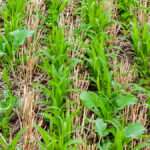
The economics of cover crops
Ridgetown research highlights profitability gains and losses in grain and vegetable systems
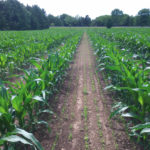
Trial looks at cover crops in 60-inch corn
Increased sunlight exposure to the soil is thought to help the establishment of cover crops
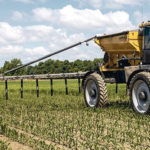
Drop tubes allow dual urea and cover crop seed application
New granular/seed tubes for RoGator put the right products in the right places, between the rows, not on them
Post wheat harvest weed management strategies
OMAFRA Field Crop Report for July 30

Bayer launches carbon capture pilot for U.S., Brazilian farmers
Chem and seed firm expects to expand plan to other countries
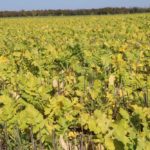
Deciding which cover crops to use
There’s more known now about what cover crops work in what soils and for what end uses

The next step for cover crops
Researchers with long-term trials looking at productivity benefits

Cover crop grazing can benefit cattle and soil
Farmers able to extend grazing and save hay costs by planting and managing their cover crops

Researcher grades on-farm soil management
Eastern Canadian farmers get high grades for soil health awareness, but low grades for increasing soil organic carbon

